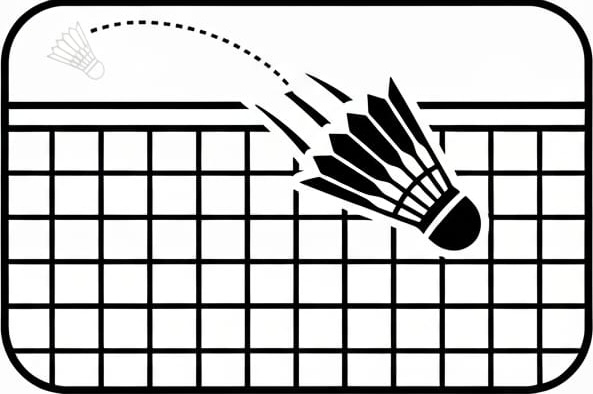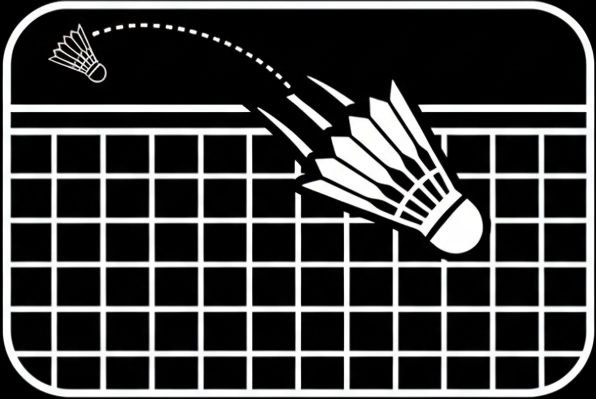Whether you’re just starting badminton or you’re a seasoned player, knowing how to string your racket can improve your game and save you money. This guide will walk you through the essentials of stringing your badminton racket yourself, with clear instructions, helpful tips, and video resources. Plus, we provide options for buying the best strings suited for beginners, intermediates, and advanced players.
Why Learn to String Your Own Racket?
Restringing your own racket can:
- Give you control over string tension and type for better performance.
- Extend the life of your racket.
- Save time waiting for professional stringers.
- Be a rewarding and meditative process.
What You Need to String Your Badminton Racket
- Your badminton racket (check that the frame is undamaged).
- High-quality badminton strings (see product table below).
- A badminton stringing machine (manual or electronic) — essential for even tension.
- String cutters or nail clippers.
- Awls or stringing hooks (to help guide strings).
- Clamps (to hold tension during stringing).
Step-by-Step Stringing Instructions
1. Prepare Your Racket
Remove the old strings carefully. Examine the frame and grommets for damage.
2. Mount the Racket in the Stringing Machine
Secure the racket in a tensioning stringing machine, which is critical to get consistent tension and avoid frame damage.
3. String the Mains (Vertical Strings)
- Start by threading the string through the central holes at the top of the racket head and pull through evenly.
- Use the machine to tension each main string, usually between 18-30 lbs, depending on your preference/skill level. Beginners often start lower (18-22 lbs).
- Secure the string temporarily with clamps or awls as you move along.
4. Tie off the mains
Once all mains are strung, tie off knots securely but without damaging the frame.
5. String the Crosses (Horizontal Strings)
- Weave the cross strings alternately over and under the main strings.
- Tension each cross string about 10% higher than the mains to help the racket maintain shape (common professional recommendation).
- Tie off at the end of crosses carefully.
6. Final Checks
Make sure all strings have even tension and no slack. Cut any excess string neatly.
Tips for Success
- Avoid stringing by hand without a machine; this can cause uneven tension and damage.
- Always check the recommended tension range on your racket frame.
- Use high-quality strings suited to your skill level and play style.
- Be patient—the process usually takes 1-2 hours for beginners.
- Watch video tutorials to follow along visually (see below).
Instructional Video Resources
- Stringing a Badminton Racket – Ultimate POV Tutorial (Step-by-step with commentary)
- How to String a Badminton Racket by Prospeed Badminton
- BWF Shuttle Time: Fun Stringing Tutorial
Summary Table: Best Badminton Strings by Skill Level
| String Name | Player Level | Key Features | Buy Here (Affiliate Link) |
| Yonex BG65 | Beginner | Durable, budget-friendly | Buy Yonex BG65 |
| Li-Ning No.1 | Intermediate | Balanced power and control | Buy Li-Ning No.1 |
| Victor VBS-68 | Advanced | High repulsion, excellent control | Buy Victor VBS-68 |
| Yonex BG80 | Advanced | Spin-friendly, great tension retention | Buy Yonex BG80 |
| Ashaway Zy-Max 65 | Intermediate | Soft feel, good control | Buy Ashaway Zy-Max 65 |
Note: Links will be updated with affiliate marketing partners.





